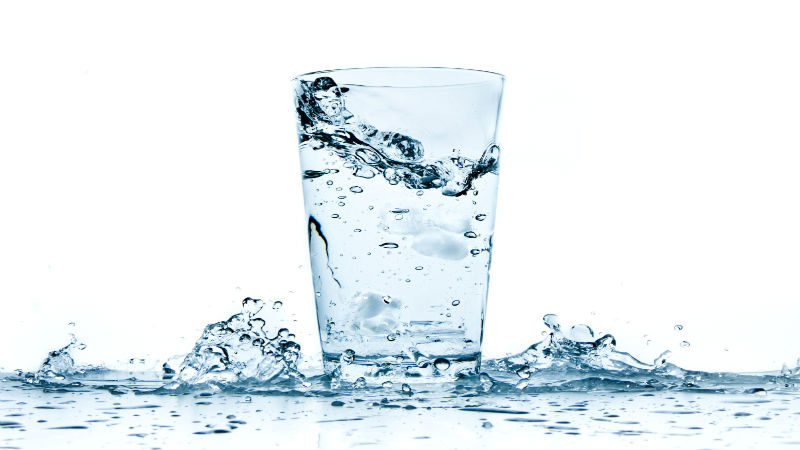If you’re shopping for self-leveling underlayment in Philadelphia, it might help to know a bit about it and which type would be best for your project. There are different types of underlayment you can get depending on the project you are doing. Here’s a comparison of two rapid hardening underlayment’s, rapid hardening self-leveling underlayment and rapid hardening floor patching mortar. Self-leveling means once it’s mixed with water, it will level on its own without you having to smooth it out. It makes it much easier to use, especially when doing a larger area.
How are the Two the Same?
Both types of underlayment products can be used underneath interior or exterior floors. They are both used to repair defects on concrete floors and are made to provide a smooth surface. Both types of underlayment adhere to well-prepared concrete. Both types offer minimal shrinkage with no cracking. If you’re going to redo the flooring in your building, you’ll want to start with a smooth surface. These products help you do so easily.
How are They Different?
The main different between the two types of underlayment are that the floor patching is more for fixing holes while the self-leveling product is to correct the whole floor. The floor patching mortar has a creamy working consistency and is ready for foot traffic after an hour. It is used mainly for the fairing of concrete slabs. The self-leveling underlayment is ready for floor covering after four hours. It is used mainly for the leveling of concrete slabs and suitable for wood as well. These are just two types of self-leveling underlayment in Philadelphia. There are several other types available including very high strength self-leveling products and overlays as well as primers to prepare the surface for the underlayment. You can visit velosit-usa.com to learn more about the different products.


